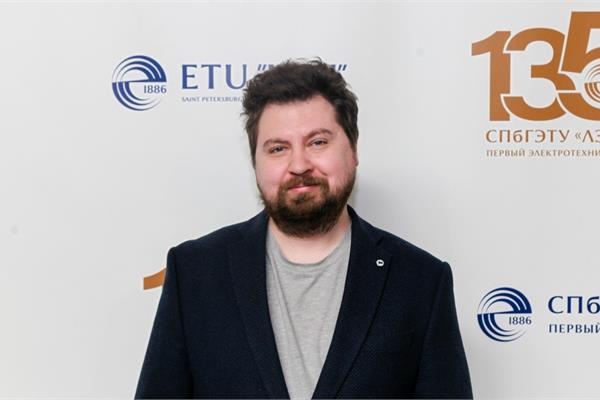
The digital twin will form the basis for creating energy-efficient equipment to apply protective coatings on metal structures of any size using strong electromagnetic fields.
The researchers from the Saint Petersburg Electrotechnical University – LETI have announced that they have been able to create the digital twin of an energy-efficient system for the application of anti-corrosion coatings on metal structures of any size using strong electromagnetic fields.
Corrosion protection coatings are usually applied with thermal diffusion galvanizing that coats a thin layer of zinc firmly embedded into the material structure, significantly increasing the durability of steel and cast-iron products in aggressive environments.
However, this process is difficult to control, especially when coating large objects. In addition, the environmental conditions in which galvanizing is performed, such as high temperature and pressure, must be maintained. These factors lead to a higher cost and longer duration of the production of these coatings and materials.
The digital twin proposed by LETI researchers will then form the basis for allowing manufacturers to create energy-efficient equipment for the application of protective coatings. The scientists have already begun to create a mock-up of the installation based on the digital twin to test the system in real life.
“We have developed a digital twin of the system (i.e., a software analog of a real device) for thermal diffusion galvanizing, in which the galvanizing process takes place under the influence of an induction magnetic field. This software makes it possible to forecast the performance of this equipment during all phases of the life cycle,” has stated Yury Perevalov, associate professor at the department of Electrical Technology and Converter Engineering at LETI. “With the help of this digital design technology, it is possible to optimize and speed up the creation of the equipment. Once it is up and running, the digital twin will help the operator know exactly what is going on inside the reactor and easily control the coating process.”
The system will include a special inductor to create an electromagnetic field with the necessary characteristics that will be directed to the reactor of the system, where the metal parts and the mixture for thermophoresis galvanizing will be fed. The temperature up to 500 ℃ makes it possible to coat almost any size structure with zinc with minimal energy and material consumption. The process of controlling the system and maintaining the necessary environment for galvanizing will be carried out using a digital twin.
“The technology is of great interest for corrosion protection of large metal structures: ship hulls and components of pipelines,” has added Perevalov.
The researchers are also developing this technology further, in order to allow painters to use it also for shock-resistant, heat-resistant and anti-radiation coatings.